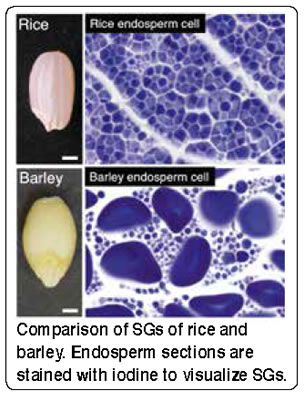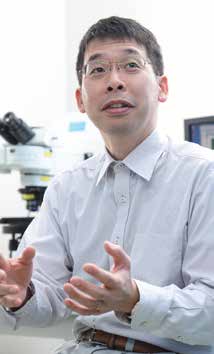Research Area : Plant Genetics and Physiology
Photosynthesis and chloroplast biogenesis:
Understanding to innovation
Plants perform photosynthesis in chloroplasts, where light energy is converted into chemical energy by a series of electrochemical reactions. In contrast, sessile land plants are exposed incessantly to excess light energy or harsh atmospheric environments that engender ‘photodamage’. How do plants cope with such photosynthetic inactivation? What are the key elements to maintaining or even maximizing chloroplast functions?
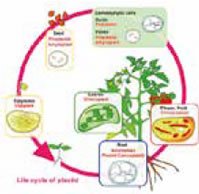
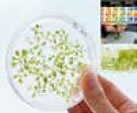
Our group studies various aspects of chloroplast development and photosynthesis. Through understanding of the factors involved in photoprotection and chloroplast function, we aim at improving crop productivity against atmospheric stress over the long term.
Ongoing projects in Plant Light Acclimation Research Group
- 1. Proteolytic machineries in chloroplasts
- 2. Photooxidative stress and quality control of photosynthetic proteins
- 3. Maintenance of chloroplast envelope through protection mechanism through VIPP1
- 4. Behavior of chloroplast DNAs during leaf maturation and senescence
- 5. Quantitative trait locus (QTL) controlling stay green in sorghum
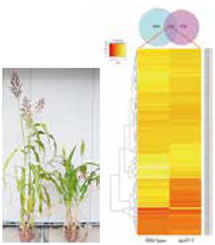
Dissection of the mechanism to determine starch grain morphology and Breeding new varieties with novel starch properties
Starch is a glucose polymer which plants synthesize as a photosynthetic product and is human energy source as a staple food. In addition, starch is used as food additives and industrial products (adhesives, printing improvers). Starch is synthesized as particles, so called “starch grains (SGs)” in plant cells.
The shape of SGs shows variations depending on plants species and limits the production efficiency and functionality of starch. However, details of the shape determination mechanism of SGs are not known. To understand the mechanism and to create new SGs with novel properties, I am now screening and analyzing rice and barley mutants defective in SG shapes.
